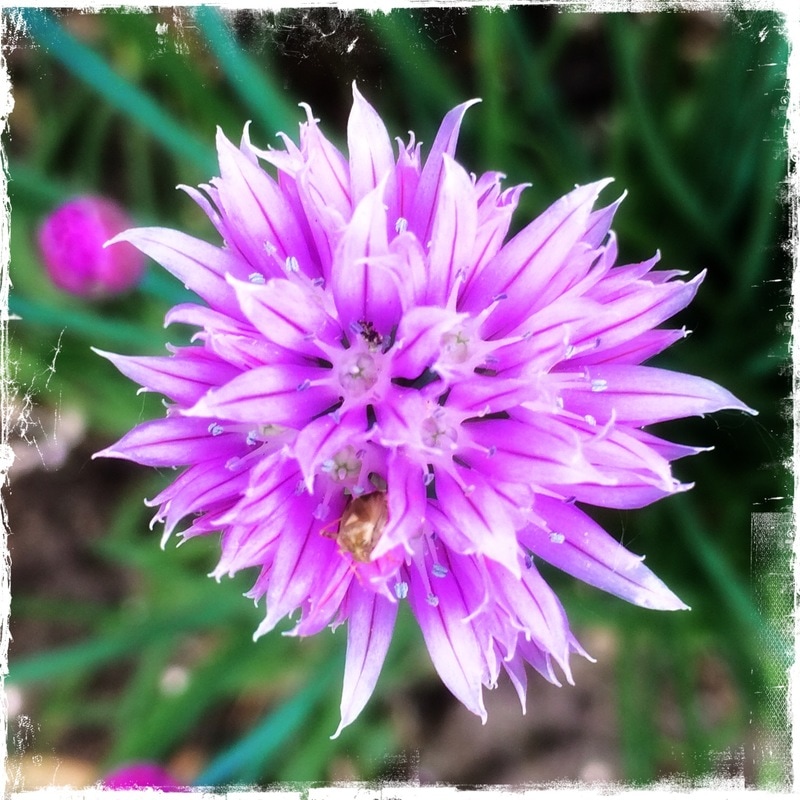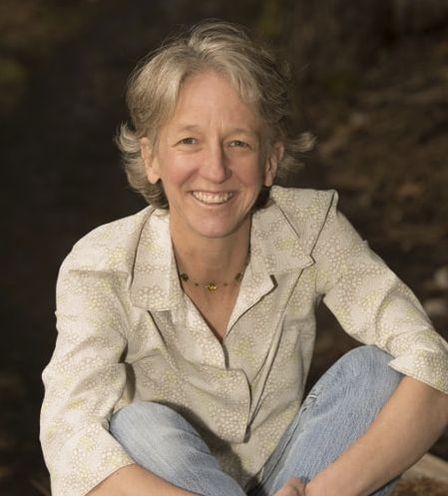ASSAY: A JOURNAL OF NONFICTION STUDIES
4.1
4.1
|
This essay is about a heart, and it also beats like a heart and, at its heart, reveals a truth about life, yes, as all Doyle’s essays do, but also about essay writing.
The essay starts with a story, a plaintive one—a child who almost died—told plainly with characteristic humor. “MY SON LIAM was born ten years ago. He looked like a cucumber on steroids. He was fat and bald and round as a cucumber on steroids. He looked healthy as a horse. He wasn’t. He was missing a chamber in his heart.” There’s no decoration, no toying with readers, making us wonder what happened to the boy. We know by the end of the paragraph that the child lives. The tone of those plain declarative sentences—“He looked…” “He was …” “He looked …” “He wasn’t…” “He was…”— is part Catholic Mass (“He took the bread, broke it, gave it to his disciples…”) and part Joe Friday. Just the facts, Ma’am. Doyle describes the surgery and how his son, as a ten year-old, asks him about it, and from there, we move straight into the excruciating uncertainty of a father waiting to hear if his son will live or die or worse. “What if his brain gets bent? What if he ends up alive but without his mind at all? What then? Who would he be? Would he always be what he might have been? Would I love him still? What if I couldn’t love him? What if he was so damaged that I prayed for him to die? Would those prayers be good or evil?” The questions are raw and real, but they’re also, crucially, in the past. We know the boy lives, so we expect a change in perception. From a lesser writer, we might expect a turn toward epiphany, something in the “suddenly I realized or “now I know” realm, but we know Doyle is a master, so maybe we expect him to subvert our expectation with irony, David Sedaris-style, or with erudition like Rebecca Solnit. Instead he takes a devastating turn … toward more uncertainty: “I don’t have anything sweet or wise to say about those thoughts,” he says. Unknowingness is the heart of this essay. The tension lies in waiting for it to go away, but it won’t. It doesn’t. We’ve been waiting our whole lives for answers to these too-big questions. We’re waiting still. Phillip Lopate, in the introduction to The Art of the Personal Essay, famously describes the plot of a personal essay as watching the essayist move toward deeper levels of honesty, like peeling back the skin of an onion or circling like a hawk, moving closer and closer to the center. Or, you might say, to the heart. At the heart of this essay, Doyle finds … more uncertainty. “I can’t report that God gave me strength to face my fears,” Doyle writes, “or that my wife’s love saved me, or anything cool and poetic like that. I just tell you that I had those thoughts, and they haunt me still. “ And yet, right here, at the height of his confession, his insistent unknowingness allows him a moment of reflection, a kernel of wisdom, softened by “maybe,” tucked right in the perfect place for reflection in any essay: at the end of the penultimate paragraph. “How we wrestle is who we are. What we want to be is never what we are. Not yet. Maybe that’s why we have these relentless engines in our chests, driving us forward toward what we might be.” Writers and teachers of nonfiction often talk about essaying. We say it’s not about answers, but trying to make sense. But we also know if our uncertainty on the page is too constructed, if we pretend not to know what we actually do know, it becomes disingenuous. I know. I know. It’s the endless tangle: we’re always constructing. But when the uncertainty is earnest, the reader feels it, as we do here, and ironically enough, it earns us that moment on the page of fleeting certainty, of what Brian Doyle would, almost certainly, call grace. From there, we move straight back to the story. (This back and forth, from story to reverie, from abstract to concrete, makes the essay itself feel like a beating heart.) We learn Liam will someday need a new heart, though the boy says “that he’s decided to grow a new one from the old one.” And so we take one last unseen turn, into imagination. In a long lyric Doyle-esque sentence, the longest in the piece, uncertainty becomes possibility, in a long string of ifs. “What we might be if … we emerge…we smash…we peel …if we do what we say we will do, if we act as if our words really matter….” Twice he returns to the word, hearts, a warm word surrounded, in this last sentence, with hard cold ones: fort, stockade, prison, dagger, fist, steel. Then in the last two phrases, one more: creatures, a word that looks like hearts but doesn’t sound like it, a word that’s not as warm as human or son or person, but is something wilder, something less known, something a half-step away. “Creature” rhymes with “preacher,” and Doyle was always a half-step from preaching. But the half-step is what made it work. We listened because he was never didactic or dogmatic, never too sure of himself. In the end the craft lesson in this essay is also a life lesson: The more uncertain you are, the more possibilities you’re allowed. The more grounded you are, the more heaven you can reach for. |
|
Ana Maria Spagna lives and writes in Stehekin, Washington, a remote community in the North Cascades. Her most recent book is The Luckiest Scar on Earth, a novel about a 14 year old girl snowboarder. Her previous books include Reclaimers, 100 Skills You’ll Need for the End of the World (as We Know It), the memoir/history, Test Ride on the Sunnyland Bus, winner of the River Teeth literary nonfiction prize, and two essay collections, Potluck and Now Go Home. A new collection, Uplake, is forthcoming in Spring 2018 from the University of Washington Press. Her work appears regularly in journals and magazines such as Orion, Creative Nonfiction, Ecotone, Brevity, Portland, and High Country News, and she has three times been a finalist for the Washington State Book Award.
|

